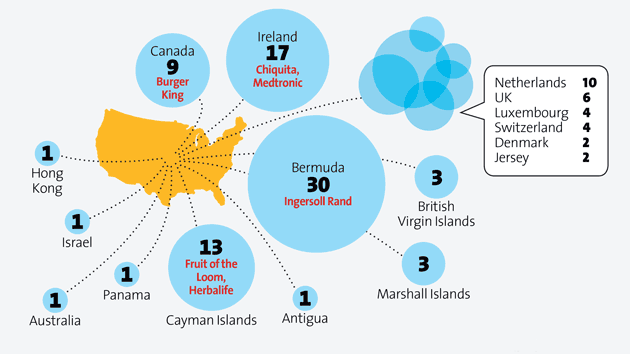
<a href="http://www.shutterstock.com/pic-208755022/stock-vector-young-woman-reading-a-document-with-an-aghast-expression.html?src=pp-same_artist-200465807-U97vklCF--vsHWaVVRr4dA-2">Dooder</a>/Shutterstock
As another Tax Day arrives, here are three charts that may not ease the pain of paying the taxman, but may help put it in perspective.
The top 1 percent of earners are expected to pay nearly half of all 2014 federal income taxes, while the lowest 80 percent will pay 15 percent. However, according to the IRS, the top 400 taxpayers by income saw their total real income grow 338 percent between 1992 and 2012, while their average tax rate dropped more than 35 percent.
And while federal income tax rates go up with income, when you account for state and local taxes, the effective tax rate faced by each income group starts to look less progressive, according to Citizens for Tax Justice. And, as Vox‘s Dylan Matthews points out, the tax burden for roughly 65 percent of American families comes from payroll taxes along with state and local taxes.
In the last 60 years, the share of federal tax revenue from individual tax income has remained relatively stable. Meanwhile, the share from payroll taxes has steadily increased while corporate taxes’ share has declined. While companies complain about steep taxes, consider that major US companies have stashed billions in profits overseas, beyond the reach of the IRS.














